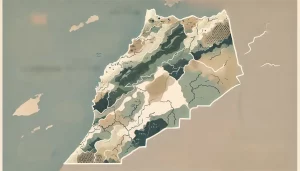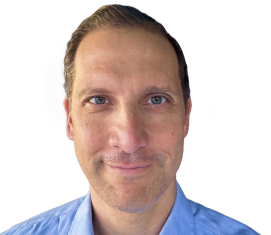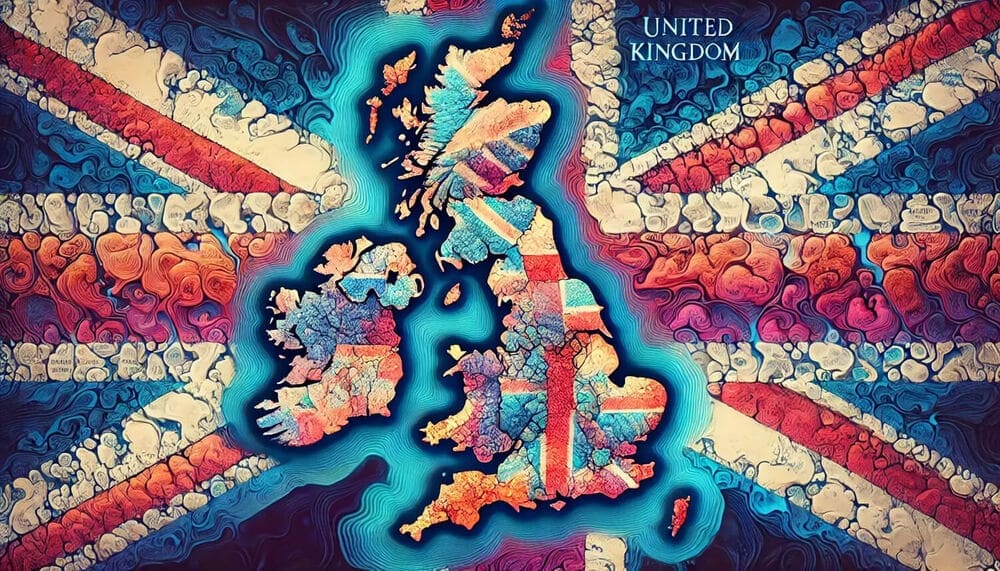While the two official languages of Morocco are Arabic and Amazigh (Berber), many residents of this country of 38 million speak and understand French — Morocco’s primary language of commerce, culture, and sciences. French is also widely used in Morocco’s government operations. Further, Moroccans located in the Maghreb region of North Africa—overlooking the Atlantic Ocean and Mediterranean Sea—also speak Spanish. These factors have given rise to a number of different accents and dialects. With that in mind, here’s a look at the top accents in Morocco.

What is an Accent?
An accent is a distinct way in which a language is pronounced, characterized by unique patterns in intonation, stress, and vowel sounds. It can reveal quite a bit about a person, including their social class, where they’re from, and the people they’re most around.
You have one, too, although you may not think so. But imagine how you would sound to someone raised in another part of the country.
By the way, an accent is considered a subset of a dialect, which focuses more on vocabulary or grammar than pronunciation.
Morocco’s Linguistic History
When it comes to language, Morocco’s history is rather complex. Prior to the seventh century Islamic conquest, most Moroccans spoke a variety of indigenous languages. What emerged over the centuries was a dialect called Darija (Moroccan Arabic) — a blend of several languages, chiefly Arabic and Tamazight. Religious leaders primarily spoke “classical” Arabic.
In the 19th century, colonization and trade introduced French in most regions, with Spanish widely spoken in northern Morocco, including areas such as Tangier, Melilla, and Ceuta. It was primarily the Spanish colonial period that brought Spanish to Morocco. At length, though, French became the tongue of the country’s “Westernized” elite and was used in official government.
Then in the 1970s, with the rise of Islamic and conservative forces, the use of Arabic content in schools and government offices increased. To this day, the language dominates Morocco’s public education, religious, and social science systems. Meanwhile, French and English are generally the languages of technology and science in the nation’s increasingly globalized economy.


Prioritizing Call Center AI Solutions
Framework call center leaders can use to prioritize which AI solutions to implement first
Top Moroccan Accents
Morocco is a distinctly multilingual country with a number of accents and dialects. In fact, it’s not uncommon for a Moroccan individual to be a blend of Amazigh, Spanish, Arab, Jewish, and Black. Having said that, we’ve distilled the nation’s top accents down to the following:
Darija
Darija, which is Moroccan Arabic, is the dialect of Arabic that’s spoken in Morocco. While it’s Modern Standard Arabic that’s generally used in government, the media, books, and religious sermons and the like, Darija is the country’s predominant spoken language and is widely used in TV, film, and advertising.
Moroccan Arabic’s mainstream accent is used throughout Rabat, Casablanca, Tangier, Fez, and Marrakesh, and thus dominates most of the other regional accents and dialects. While Daraja has an Arabic base, it draws from Amazigh, French, and Spanish. Basic phrases such as “hello” and “thank you” are the same words in Arabic. However, the Darija word for cheese is “fromage,” for example — what the French use. And “wheels” in Darija is “ruedas,” the same as in Spanish.
Fessi
Within the Darija dialect there are still other accents and dialects. The dialect that all Moroccans can understand is the Fessi dialect, as residents of Fez are known for their purity of language — undiluted with French and Spanish — and clear pronunciation with a strong Classical Arabic influence.
Traditionally, Fessi has been considered more prestigious and refined than other forms of Moroccan Darija, especially those spoken by rural residents. After all, Fez is widely considered Morocco’s spiritual and scientific capital.
Distinctive Fessi accent features include the use of a postalveolar approximant rather than a trilled “r” sound. Also, instead of a voiced velar “g” sound, the accent uses a voiceless uvular plosive or pharyngealized glottal stop for a velar “g” sound.
Hilalian
The Hilalian dialects — a continuum of Arabic dialects of the Maghreb — were introduced between the 11th and 12th centuries during the Hilalian invasions. The Arab nomadic Bani Hilal tribes, which settled in the Casablanca-Settat region of Morocco, brought the dialects with them to the Maghreb region of Morocco, Tunisia, and Algeria.
These dialects, which include West Moroccan Arabic and East Moroccan Arabic, are characterized by plurals that use standard suffixes such as “-in” for masculine nouns and “-at” for feminine ones, making them more closely aligned with Classical Arabic plural patterns. Some of the accents, which closely resemble the Gulf Arabic dialect, also have unique consonant pronunciations.
Tamazight
This Amazigh, or Berber, dialect is spoken in Morocco’s Middle Atlas and its outcroppings, reaching west to the region near Rabat and east to Taza. It’s also spoken in the country’s central and eastern High Atlas mountains. Overall, Tamazight is used by nearly half of the country’s Amazigh speakers.
In terms of characteristics, Tamazight possesses a phonemic three-vowel system. However, it also has a number of words without vowels. The dialect lacks the phoneme \p\ and has a series of what are called emphatic consonants, uvulars, and pharyngeals, with the standard word order for sentences being verb-subject-object.
Ghomara
With just 10,000 or so known speakers, making it a threatened Berber dialect, Ghomara Amazigh is used by those on the western lip of the Rif Mountains in northern Morocco. And despite its status, it continues to be passed on to children in these areas. The dialect is similar to Senhadja de Srair Berber that’s spoken in the country’s Ketama region.
The dialect is unique in that, while it sounds somewhat similar to Arabic, some consonants are “spirantized.” This means that they are pronounced with a continuous airflow like “zh” or “th.” Ghomara verbs contain certain , plurality, and singularity. The dialect’s pronouns are personal, singular, and plural.
Accent Bias, Call Centers, and Tomato.ai
The rich and varied accents of Morocco notwithstanding, the fact is that people are naturally biased when it comes to how people speak. That can present major problems, particularly for those in employment roles that require a great deal of verbal communication.
Take offshore call center agents, for example. These individuals, for whom English is commonly a second, third, or even forth language, often face such biases from callers. Agents are frequently subjected to impatience, frustration, and overall rude behavior. They can even find their competence questioned, simply due to their accent.
Consequently, call center reps can become burned out in an industry with turnover rates that are already high, and customers have experiences that are less than pleasant. Both can negatively affect the centers’ bottom line.
We have the solution.
Our AI-powered accent-neutralization tool is upending an industry that’s already undergoing transformative change, largely owing to artificial intelligence. The technology allows the transformation of words — in real time, as they’re being spoken — into those that sound like they’re coming from a native language speaker. The result is happier agents, satisfied customers — and better-performing call centers.



